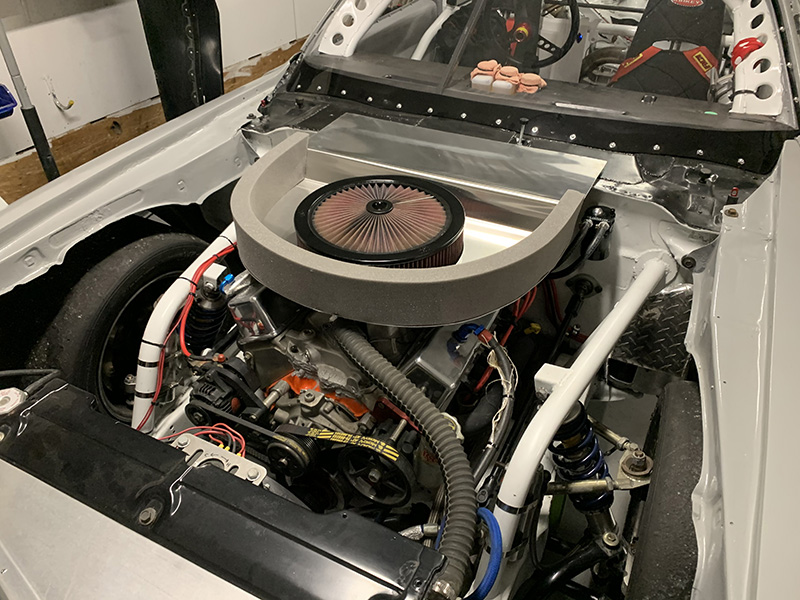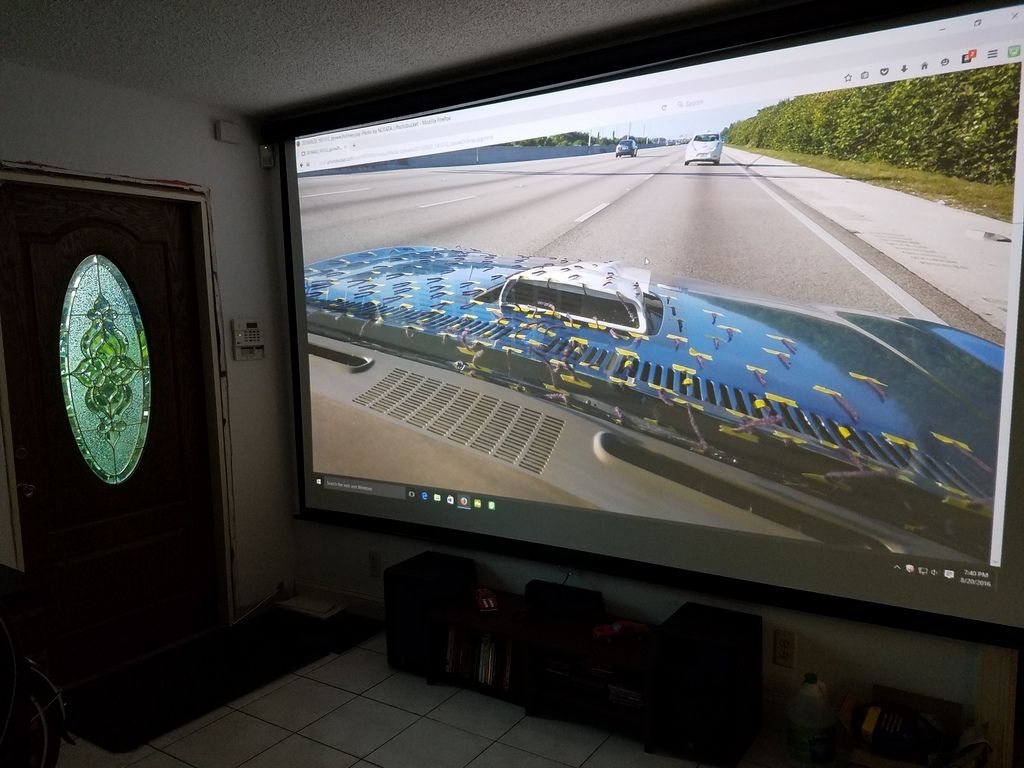Keith Tanner said:In reply to eastsideTim :
IIRC there was a GM car like that, possibly a later F-body (Camerobird). The little air dam was critical to pulling air out from underneath.
Bottom feeder F bodies and all of the G bodies.
Keith Tanner said:In reply to eastsideTim :
IIRC there was a GM car like that, possibly a later F-body (Camerobird). The little air dam was critical to pulling air out from underneath.
Bottom feeder F bodies and all of the G bodies.
eastsideTim said:Keith Tanner said:In reply to eastsideTim :
IIRC there was a GM car like that, possibly a later F-body (Camerobird). The little air dam was critical to pulling air out from underneath.
I suspect if the air dam was on the core support, rather than the bottom of the bumper, some of this would not be necessary.
Air dam under the core support also helps keep air that's already been through the radiator from circling under the core support and back through the radiator again. Can make a difference in AC function in very slow traffic or when parked.
NOT A TA said:eastsideTim said:Keith Tanner said:In reply to eastsideTim :
IIRC there was a GM car like that, possibly a later F-body (Camerobird). The little air dam was critical to pulling air out from underneath.
I suspect if the air dam was on the core support, rather than the bottom of the bumper, some of this would not be necessary.
Air dam under the core support also helps keep air that's already been through the radiator from circling under the core support and back through the radiator again. Can make a difference in AC function in very slow traffic or when parked.
I'm hoping it'll create a low pressure zone under the engine that'll help evacuate air from the engine compartment, and make more air flow through the radiator. That seems to have been the effect in the Neon. At low speeds or idle, it didn't have as many problems with coolant temps creeping up vs. at speed.
I'm glad someone recently bumped this thread, because I'm about to dive into this myself.
I have a cowl induction hood on the Camaro, and the air cleaner is "sealed" to the hood so the majority of air the car is taking in should be from that source.

I'm also looking at putting a vent at the front of the hood to help hot air from the rad get out. Ducting may come later, but for the purpose of this question, just assume it's a vent.
A concern a friend of mine has is that the hot air coming out of the vent will find it's way into the cowl induction and raise my intake air temperature. Is that a reasonable concern, or are we over thinking it?
In reply to Gimp (Forum Supporter) :
Is the rear of the hood sealed to the cowl?
I doubt the warmer air from the vent would have a noticeable affect on the IAT. There's a lot of turbulence at the base of the windshield on 2nd gen F bodies. Are your fender vents functional? Could they be opened up more? I was able to open up the Trans Am fender vents I used on my Firebird substantially.
[URL=https://app.photobucket.com/u/NOTATA/a/1cb4d474-09b3-46be-98b3-14fc870256eb/p/580e97f0-d45c-4407-91e6-a05160922ed2] [/URL]
[/URL]
I think it's a reasonable concern. Miatas take their HVAC air from the base of the windshield, and when you install a set of hood vents you can feel the "ambient" temperature go up.
Enough to offset the gains from more front downforce or a more efficient radiator? Likely not.
In reply to Gimp (Forum Supporter) :
Would eliminating the cowl, and instead bring cold air for the air cleaner through something like the headlight holes be an option?
NOT A TA said:In reply to Gimp (Forum Supporter) :
Is the rear of the hood sealed to the cowl?
I doubt the warmer air from the vent would have a noticeable affect on the IAT. There's a lot of turbulence at the base of the windshield on 2nd gen F bodies. Are your fender vents functional? Could they be opened up more? I was able to open up the Trans Am fender vents I used on my Firebird substantially.
[URL=https://app.photobucket.com/u/NOTATA/a/1cb4d474-09b3-46be-98b3-14fc870256eb/p/580e97f0-d45c-4407-91e6-a05160922ed2]
[/URL]
Not exactly sure by what you mean when you ask if the hood is sealed to the cowl. The airpath to the intake is blocked off, so the only source for air for the intake is via the cowl.
My fender vents are functional and open to the engine compartment. I could make them larger, but for now I'm using the stock pieces.

79rex said:In reply to Gimp (Forum Supporter) :
Would eliminating the cowl, and instead bring cold air for the air cleaner through something like the headlight holes be an option?
Right now I need the cowl for intake clearance and enough room for a decent air clearner, but headlight holes could be an option in the future.
Keith Tanner said:I think it's a reasonable concern. Miatas take their HVAC air from the base of the windshield, and when you install a set of hood vents you can feel the "ambient" temperature go up.
Enough to offset the gains from more front downforce or a more efficient radiator? Likely not.
This right here speaks to my confirmation bias. I'm willing to bet it isn't much to worry about.
Thanks everyone!
In reply to Gimp (Forum Supporter) :
My question about the hood/cowl seal was to find out if the high pressure area at the base of the windshield is open to the engine compartment. I see the carb pan seal to the scoop but are the sides open or is there a seal between the hood and cowl? The 2nd gens all had a seal to prevent high pressure air at the base of the windshield from entering the engine compartment. The early cars with the grills in the hood had a seal attached to the cowl and the later cars without grills had a seal attached to the underside of the hood.
so im bumping this old thread to re-remind me to dig through it later but the common theme here for vents/louvers is "right behind the radiator"
where does this mark start? At the front of the radiator core? the back side of the core? 3" behind the rearward most core portion? I am wondering if I have my vents installed incorrectly ontop of bad funneling/shrouding.
the reason I ask where is exactly behind? because the radiator is not perfectly flat/up&down its tilted so the bottom of the radiator is more rearward in car than the top part which is tilted towards the front of the car.
In reply to fidelity101 :
The ducts/vents/louver openings etc ideally would start at the back face of the radiator top edge. Basically where the rad is closest to the hood.
This does two things: it puts the opening as close to the highest curvature/lowest suction area of the hood and it reduces how far the hot air has to travel/be directed to the opening.
You'll need to log in to post.